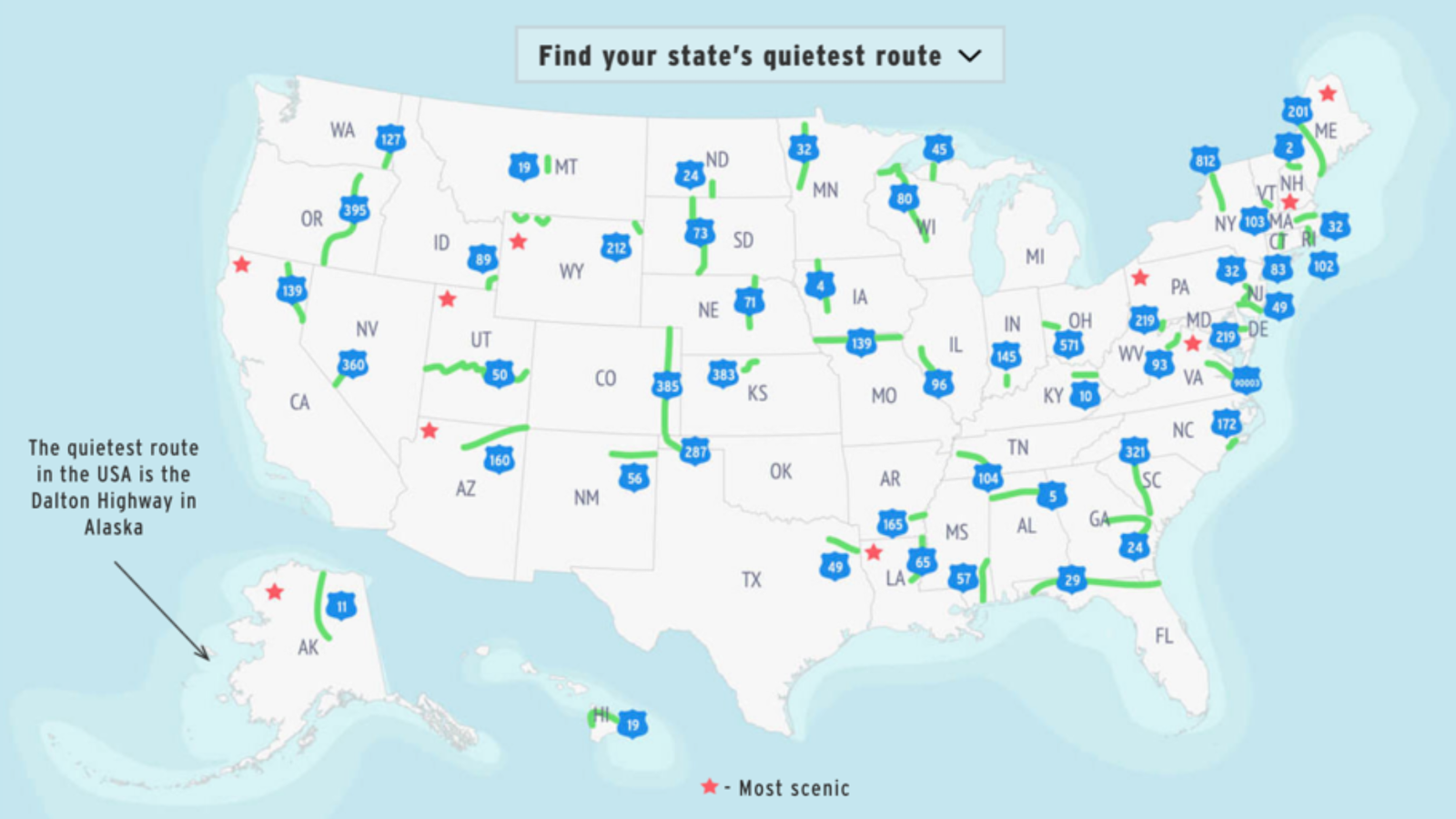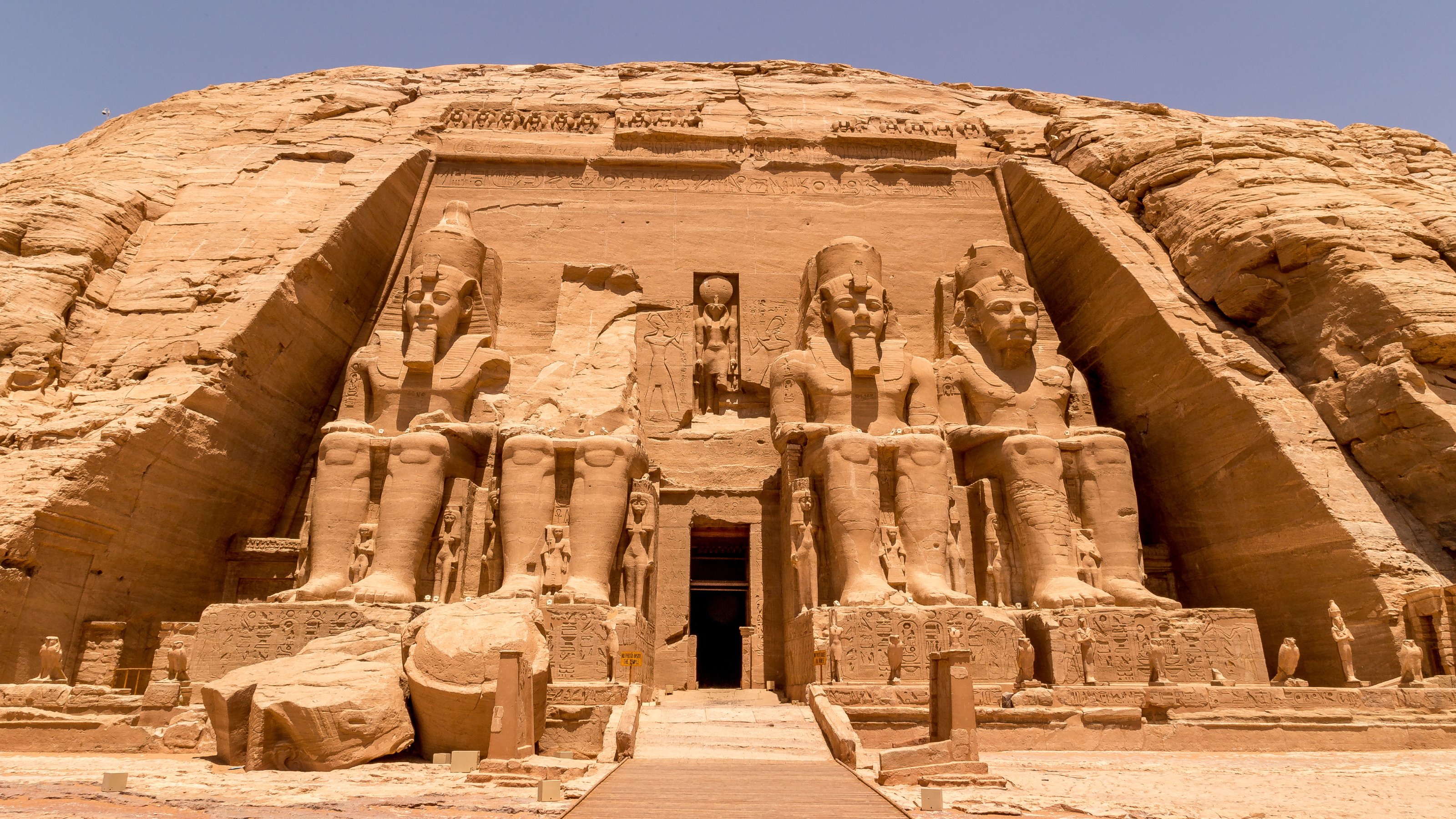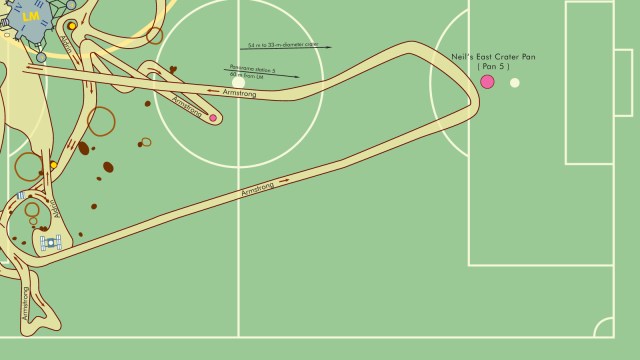272 – Missouri, the Shred-Me State
n
n
Abraham Simpson never explained what his problem with the Show-Me State was, but Homer’s cranky old dad did offer this reason for owning a 49-star American flag: “I’ll be dead in cold, cold ground before I recognize the state of Missourah!”
n
Is Abe’s vehement anti-Missourianism grounded in some true but obscure historical fact? I doubt whether Missouri’s very existence ever was the subject of such heated controversy – the only thing that comes close is the brief, bloodless Honey War, a border conflict with Iowa in 1838-’39.
n
Most probably, the quote serves to underline Abe Simpson’s senectitude, characterized by the obstinacy with which he launches into irrelevant old-geezer anecdotes. (“Not many people know I owned the first radio in Springfield. Weren’t much on the air then, just Edison reciting the alphabet over and over. ‘A!’ he’d say, then ‘B’. ‘C’ would usually follow.”)
n
As states go, Missouri is one of the more middle-of-the-road ones – or varied ones, if you prefer: it’s in the midwest, but has strong cultural ties to the south. St Louis is often called the ‘westernmost eastern city in the US’, Kansas City the ‘easternmost western city’. Missouri is a microcosm of the nation’s economy, demography and politics to the extent that it is considered a bellwether state – consistently voting for the winner in all US presidential races since 1904 (except 1956, when Missourians preferred Democratic candidate Adlai Stevenson over the eventual Republican winner Dwight Eisenhower).
n
Missouri is known as the Show-Me State, indicating its inhabitants’ reputation for skepticism for any but the most rational arguments. Its origin is ascribed to an 1899 speech by Missouri Congressman Willard Vandiver, declaring that “I come from a country that raises corn and cotton, cockleburs and Democrats, and frothy eloquence neither convinces nor satisfies me. I’m from Missouri, and you have got to show me.”
n
This map portrays Missouri as the Shred-Me State. It’s one of a series of maps of states, drawn as something else, by Frank Chimero, an illustrator and graphic designer, who says that“the illustrations for the states don’t necessarily have to deal the thematics of the state’s culture, it’s just a nice exercise for my creative muscles.”
n
Mr Chimero’s map captures well the only two areas on Missouri’s western and southern border that protrude from the other wise straight state lines. The torn edge of the paper sticking out at the top left represents the Platte Purchase, an area of 3,149 square miles (8,156 square km) forming the state’s northwest corner, acquired in 1836 and the only Missouri territory beyond the meridian at 94°36’’ longitude west.
n
At the bottom of the shredded page, the paper forms a straight line equivalent to the 36°30’ parallel north, also known as the Missouri Compromise Line, established in 1820 as the northernmost border of slavery in western territories. The same parallel forms most of the boundary between Virginia and Carolina, between Tennessee and Kentucky, and constitutes the northernmost border of Texas with Oklahoma. The only exception is the bit at the far right. This is Missouri’s Bootheel region, annexed at the instigation of planter J.H. Walker, who argued for the region’s inclusion in Missouri, sharing more affinity with Missouri’s Mississippi River towns than with Arkansas Territory. The Bootheel’s southern border is at 36° north.
n
n






